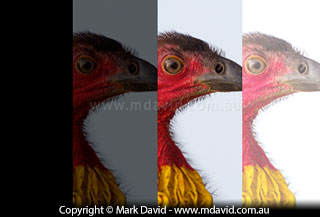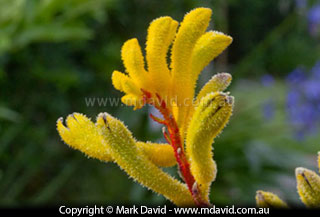If SLR cameras seem completely alien to you then this short article will
clarify some core issues. Understanding this stuff gives you a real advantage
when you jump into the getting started article.
It seems like a typical SLR camera has an awful lot of buttons and dials and stuff,
but the truth is, it’s not all that hard to make sense of them. In fact, most of
them do one of the following two things:
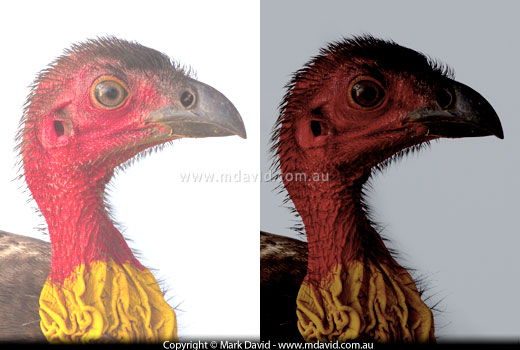
1: Make things look light or dark
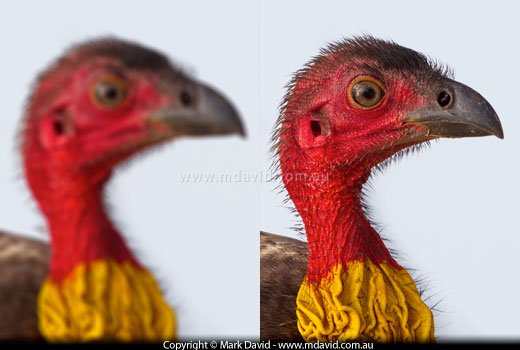
2: Or make things go blurry or sharp.
You’re probably thinking that’s too simple to be possible, but believe me
when I say those two things are at the heart of what your SLR camera does.
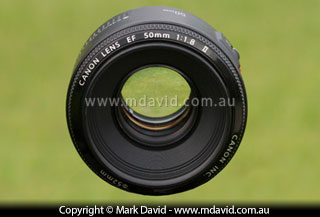
You can expose your sensor to a whole lot of light (making your image brighter)
by opening up the aperture hole in your lens more, like with the lens shown here.
That big hole in the middle is the aperture hole and when it’s opened up as much
as that it’s like opening up the blinds in a room, flooding everything with
light and making your picture come out brighter.
That’s one of the reasons why we sometimes like to take control
of the aperture. Your SLR will give you the option for “aperture priority
mode” for doing just that.
But that’s not the only way to make things brighter.
You can also make things brighter by exposing your sensor to light for longer.
For example, instead of having your camera’s shutter open for 100th second,
you can tell it to take twice as much time (and collect twice as much light) with a
shutter speed of 50th second.
So now we know that aperture and shutter speed both affect how light or dark a
photo will turn out.
Blurry or sharp
Focusing your lens on something will make it sharp. Well yeah, everyone knows that.

A water dragon moved its head while the shutter was
open, resulting in some extreme motion blur.
But motion blur can also affect which parts of a scene look sharp or soft, like
in this picture of the water dragon. If something’s moving fast or if you
jiggle the camera during an exposure, then you will probably record some motion blur.
When that happens, you need to reduce the time your sensor is exposed to all that movement,
by having the shutter open for a shorter time. Or in other words, by using a faster
shutter speed. 100th of a second will normally record half of the motion blur that
you’d get with 50th second.
That’s one of the reasons why we sometimes like to take control of our shutter
speed. Your SLR will give you the option for “shutter speed priority mode” (sometimes called
Time Value Priority mode) for doing just that.
Depth of field
I’m going to talk a little bit about depth of field now, but if after reading this
section you still feel a little bit confused by what what depth of field is, then
you can jump over to this special primer about depth of field right here.
Depth of field is another thing that can determine whether things in your photo
come out looking sharp or blurry.
You can think of depth of field as the distance between the closest and farthest
things in your photo that come out looking sharp.
For example, have a look at the graphics below. You’ll see they represent a
big and a small depth of field.
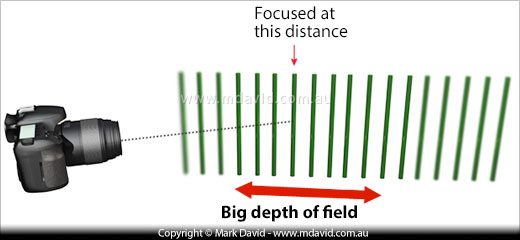
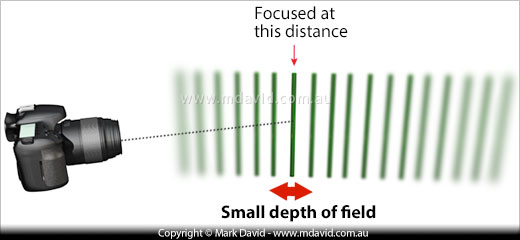
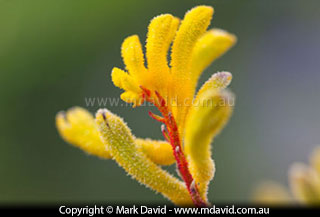
And here’s exactly the same shot, except taken with a small depth of
field. Now the background is reduced to a blur and only a very thin part of the
scene is looking sharp.
It’s really easy to control how much depth of field you get when you use
an SLR camera. And of course I explain how in my getting
started article.
What now?
There’s a good chance you’re thinking this article was a waste of time
but actually it’s not! Because having these core concepts clear in your mind now
gives you a big advantage when you read the article on getting started in digital SLR photography.

Making sense of technical stuff

Taking things further



